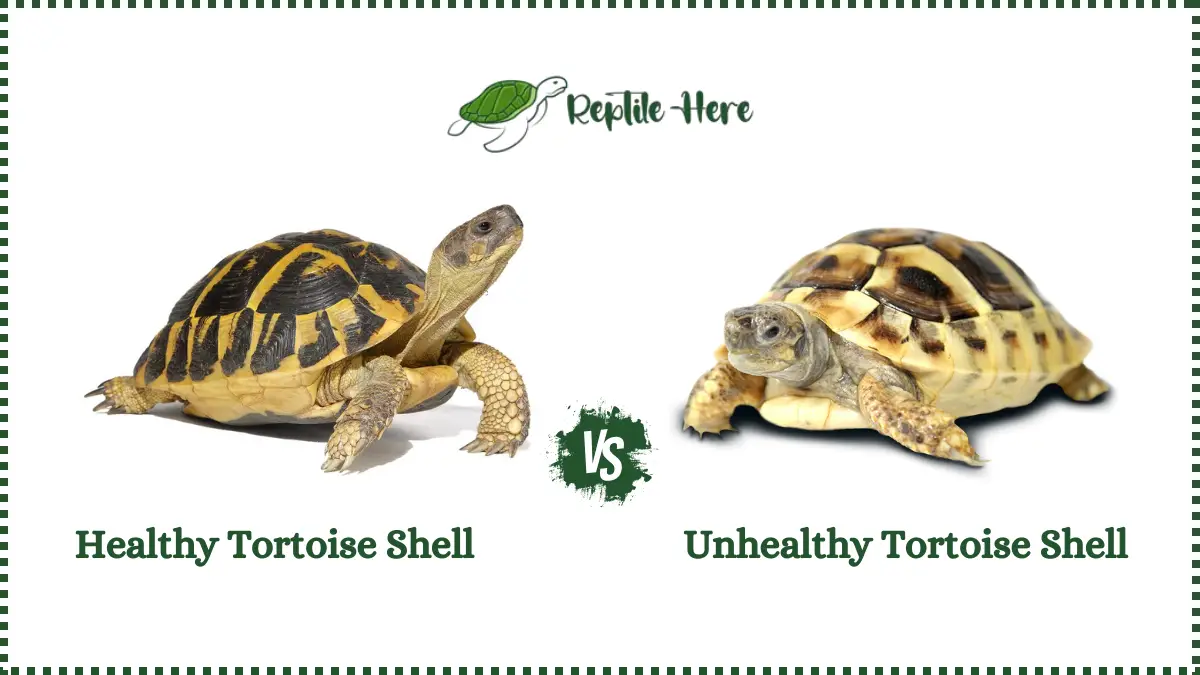Healthy Tortoise Shell vs Unhealthy Shell: How to Identify?
While there are some signs of a healthy/unhealthy tortoise shell that actually bears no value, some are pretty much obvious to determine the condition.
So, when you have this healthy tortoise shell vs unhealthy shell topic in your head, how do you differentiate? A healthy tortoise shell has got smooth and properly sized appearance. The colors are normal and there shouldn’t be any cracks on it. In fact, there shouldn’t be any irregular growth rings. Unhealthy shells on the other hand are not normal in size. They have cracks, soft spots, and irregular growth rings.
If you want to know more in detail and avoid your tortoise having an unhealthy shell, keep reading to the last.
8 Signs of a Healthy Tortoise Shell
Contents
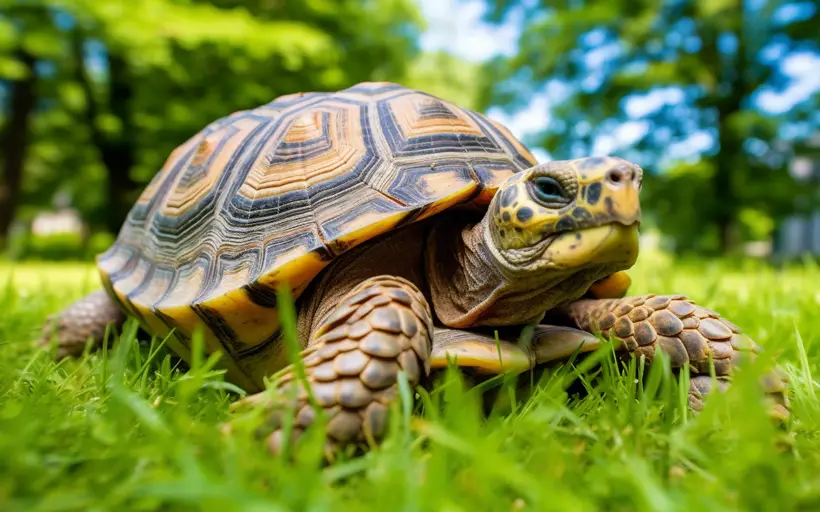
You can take a look at the following eight things. If these are good to go, the tortoise has a healthy shell.
1. Shape and Size
Check the shape and the size of the shell. If it’s healthy and uniform, it’s good to go. You won’t find any unusual bumps or dents.
Plus, it doesn’t look too large or too small compared to what the tortoise can bear. Meaning, it will look pretty normal and proportional to the body of the tortoise and its age.
2. Colors
The colors of the tortoise can vary from species to the tortoise. A healthy tortoise has a shell with normal pigment. You won’t find any abnormal color changes like dark spots, discoloration, or patches.
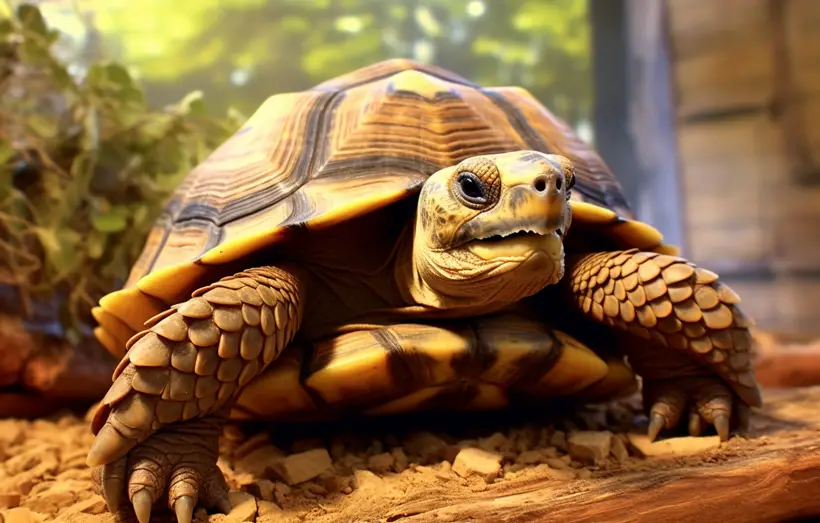
3. Texture
A healthy shell means a smooth texture and no flaking or peeling. The entire shell actually has a consistent texture. If you ask about being rough or soft, well, it’s somewhere in the middle.
4. Shell Integrity
It’s pretty obvious that there won’t be any cracks or fractures on the shell. In fact, a healthy shell should be free from minor damage. Otherwise, this can lead to infection or further problems. If the margins of the shell are attached firmly, that’s a thumbs up.
5. Shell Flexibility
Tortoise shells are not rigid. They have a slight degree of flexibility. You should be able to gently press on the shell without it feeling too soft or too hard.
6. Growth Patterns
Tortoise shells often have growth rings or lines. They are somewhat similar to tree rings. Look for even and uninterrupted space between the rings. If you find the spaces to be even, it’s a good shell. The scutes should not grow excessively over one another.
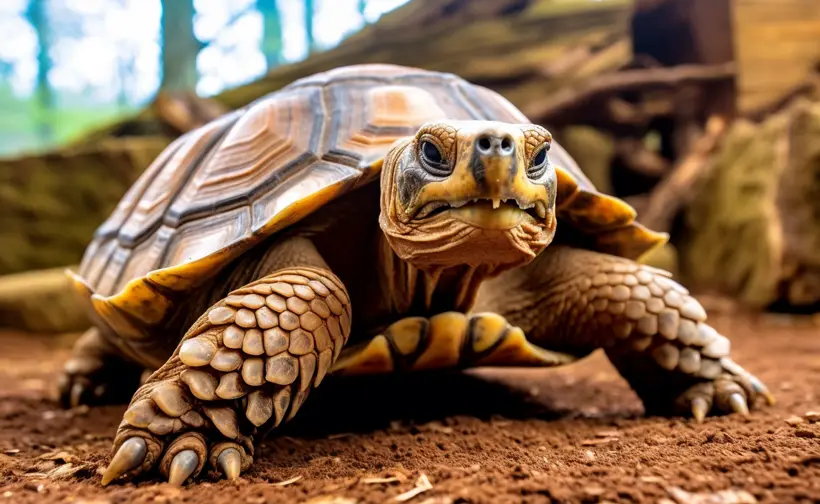
7. Absence of Parasites and Infections
Check for any signs of external parasites, such as mites or ticks, which can affect shell health. Inspect the shell for lesions, open wounds, or signs of infection.
8. Behavior and Activity
Tortoises with healthy shells have normal behavior. You won’t face any complications while feeding it, basking it, or going on a tour with it. The tortoise should respond to stimuli and not appear lethargic.
8 Unhealthy Tortoise Shell
Check out the following factors. Match these with your tortoise. If you find the tortoise has these issues, you need to take serious medical measures.
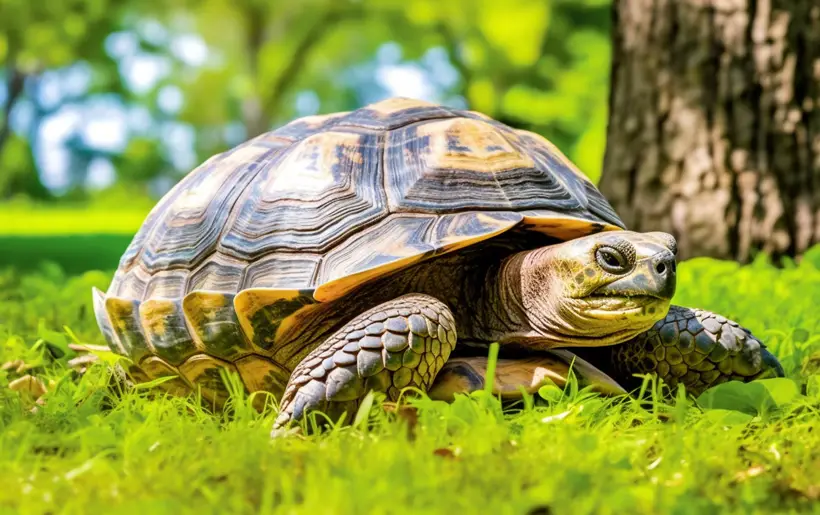
1. Abnormal Shape and Size
If the shell of the tortoise has bumps or dents, and you can clearly see them, this is a red flag. In fact, sometimes it may look too big or too small compared to the body size and age of the tortoise.
2. Discoloration and Pigmentation Irregularities
The color of the shell won’t look normal. It might look yellowish. You’ll notice spots and patches. If the shell starts to flake or peel, that’s a matter of concern as well.
3. Rough Texture, Flaking, or Peeling
Usually, the texture of the shell is a bit rough and that’s not even a problem. However, if starts to flake or peel, then that’s something you should be concerned about. Plus, if it’s too rough, that’s a red flag as well.
4. Cracks, Breaks, or Fractures
If you see cracks, breaks, or fractures on a shell, it’s not a healthy shell. This will compromise the shell’s durability. Plus, it can also lead to certain infections.
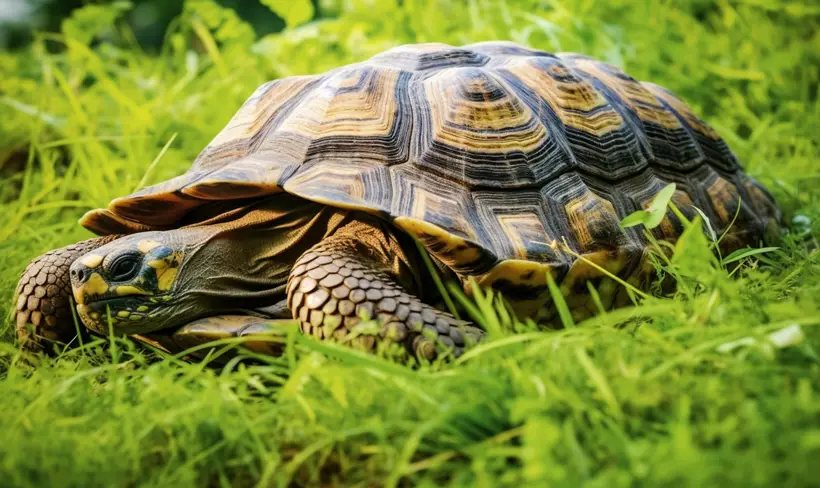
5. Soft or Squishy Shell and Flexibility Concerns
Touch the shell; it can be soft; true. However, if you find it too soft or too squishy, there’s something wrong. Most of the time it happens due to metabolic bone disease. Remember, flexibility is normal but too much softness is something to worry about.
6. Disrupted Growth Patterns and Abnormal Scute Growth:
If you see the space between the growth rings is uneven, it means the shell didn’t get enough nutrition. This will also lead to certain health problems for the tortoise. If the scutes are growing too much over one another, there’s no way you can say the shell is healthy.
7. Presence of Parasites and Infections
A host to external parasites is probably the last thing you’d want. If the shell of a tortoise has parasites, it’s pretty much clear that it’s not healthy at all. It might have signs of open wounds, infections, and lesions. With this problem around, the shell might end up rotting in the long run.
If you want to learn more about parasites and tortoises, you can watch this video.
8. Altered Behavior and Reduced Activity
Tortoises with unhealthy shells have changes in behavior. This includes a diminished appetite, decreased activity levels, or staying away from usual activities such as basking and exploration.
How To Keep A Tortoise Shell Healthy
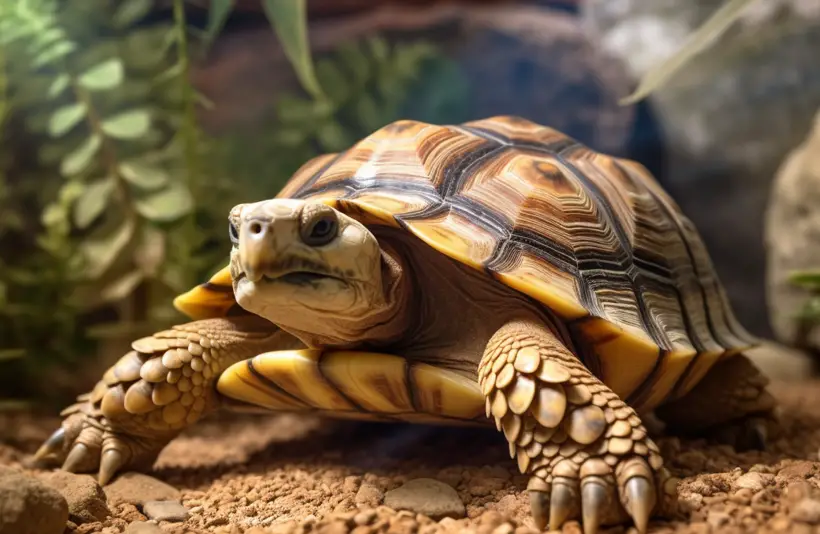
These are some measures you can take to keep the tortoise’s shell healthy.
- Make sure the tortoise stays hydrated all the time. The water you feed should be rich in essential minerals like calcium and magnesium.
- A proper diet is a must. Feed it calcium-rich foods, leafy greens, and milk thistle. Avoid foods that are rich in phosphorous.
- Maintain about 50-70% humidity levels according to the species of the tortoise.
- Use proper lighting setup and keep your tortoise under it. You can use fluorescent UVB strip lights, compact fluorescent UVB bulbs, or mercury vapor bulbs.
Wrapping Up
The shell of your tortoise is pretty important. If it’s good, your tortoise will stay good too. Some people tend to moisturize tortoise shells too. This shouldn’t be done. You should also keep your turtle clean.
Now, we’ve tried to keep everything important when it comes to a healthy tortoise shell vs unhealthy shell guide. However, you must also consult a vet for regular checkups.

